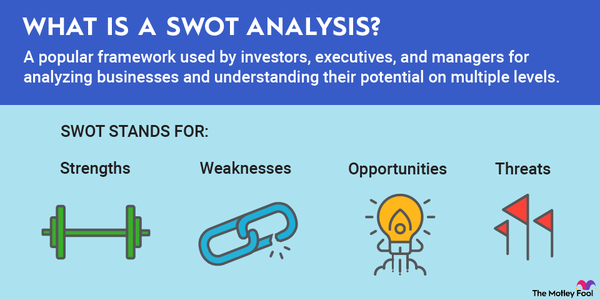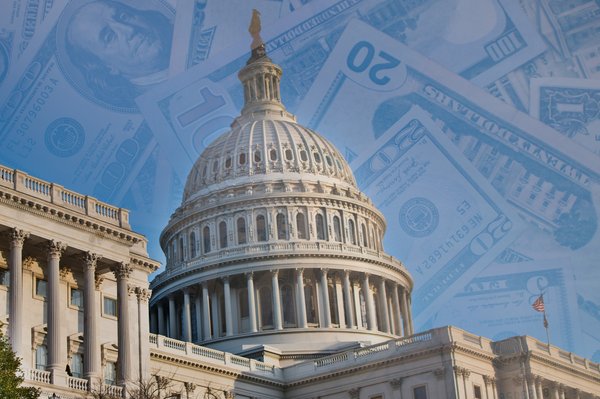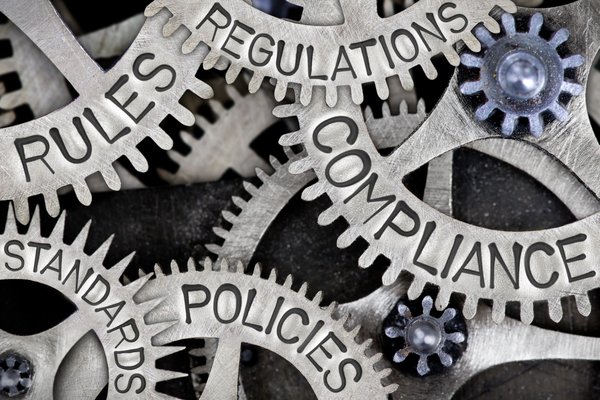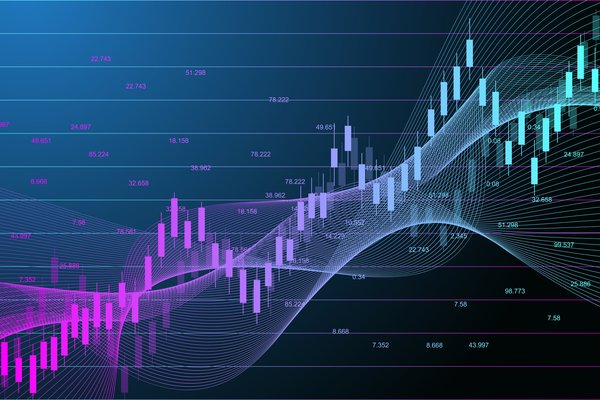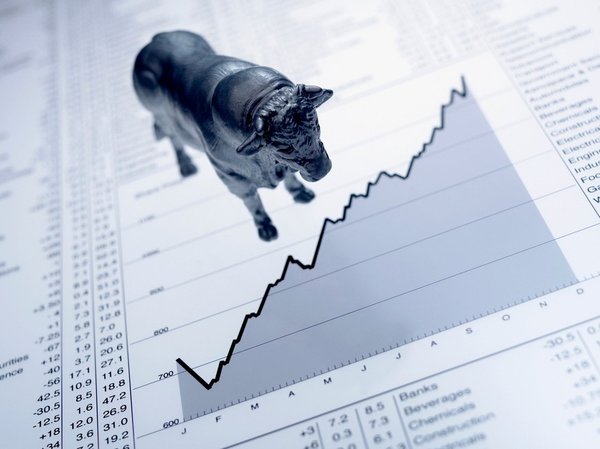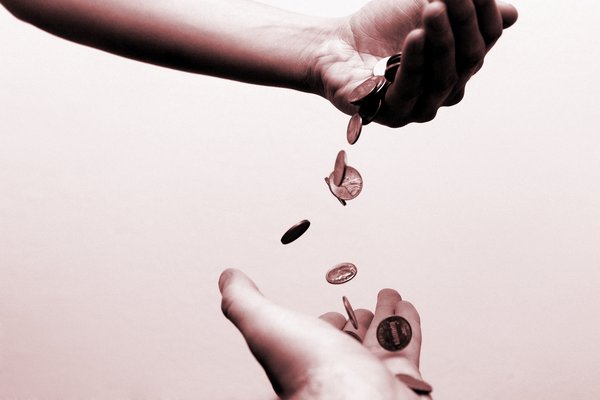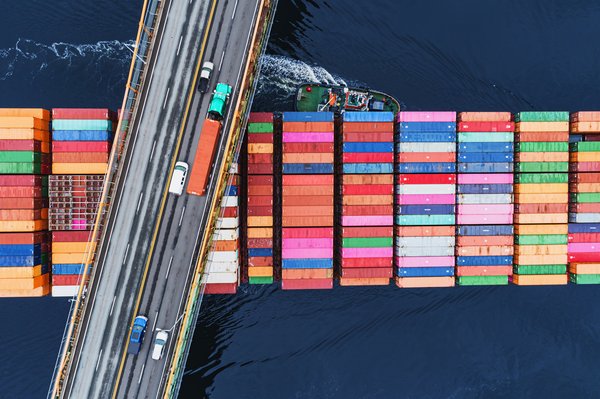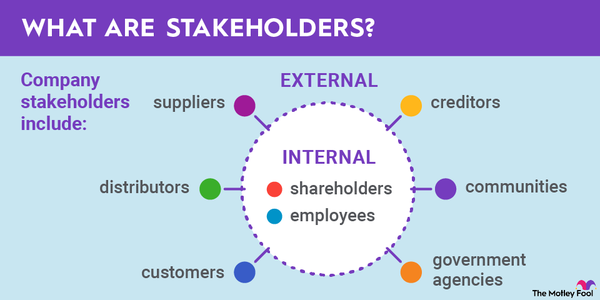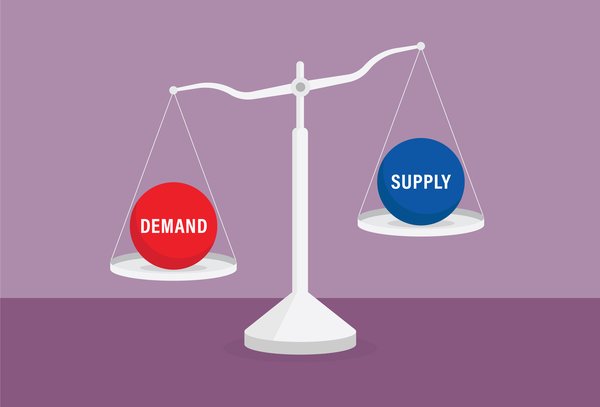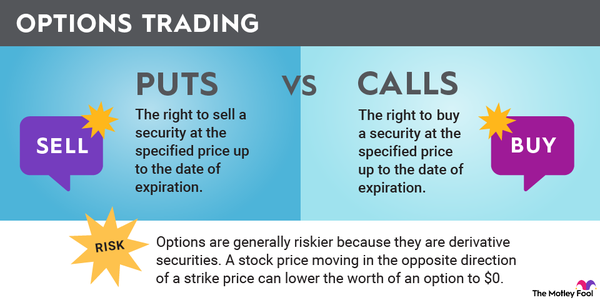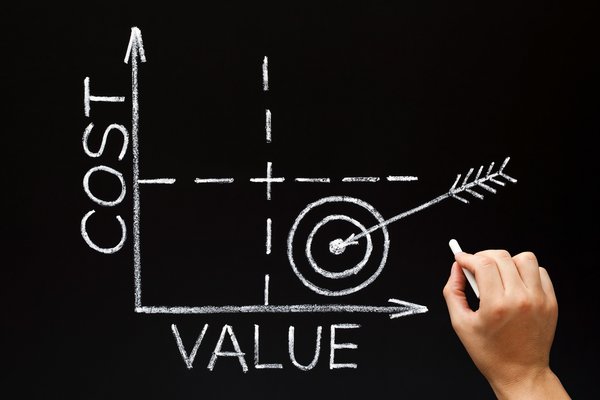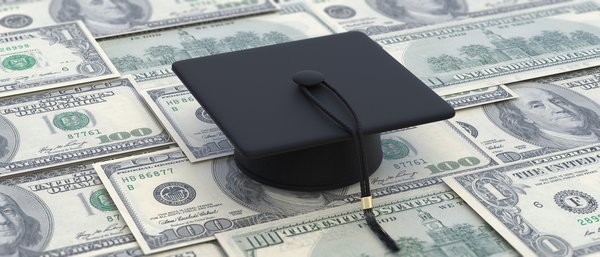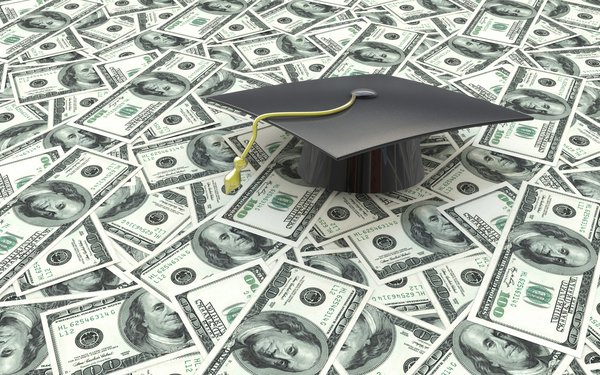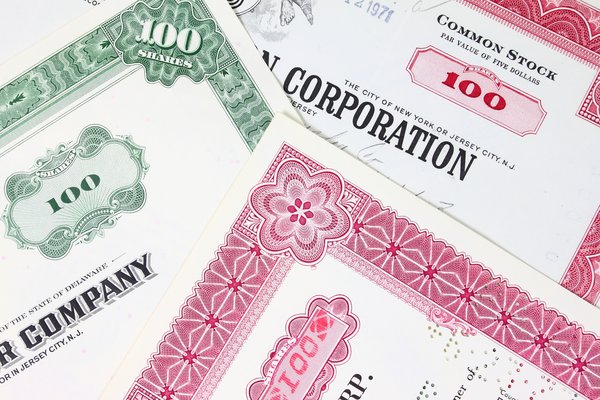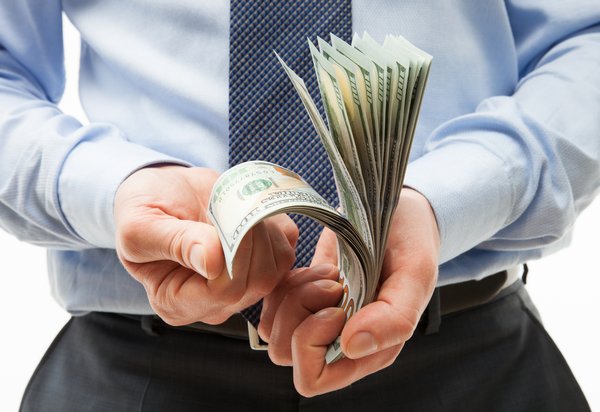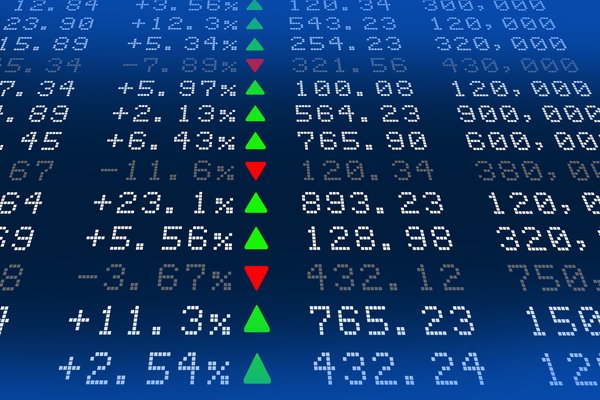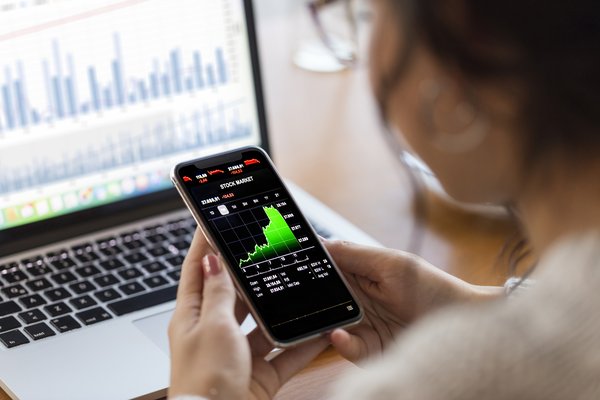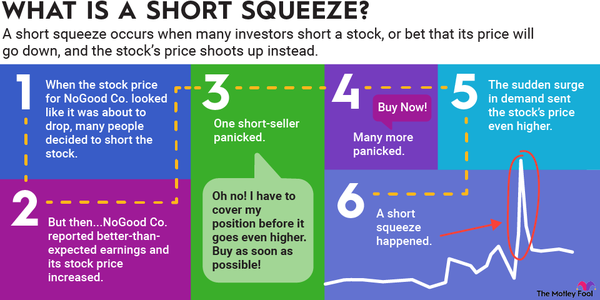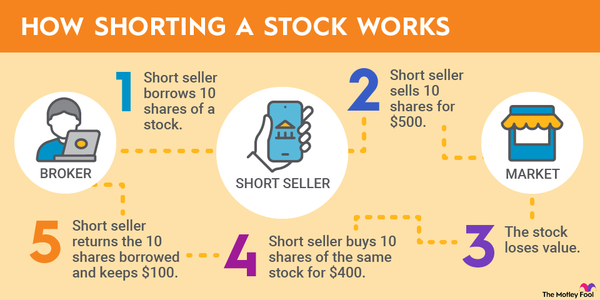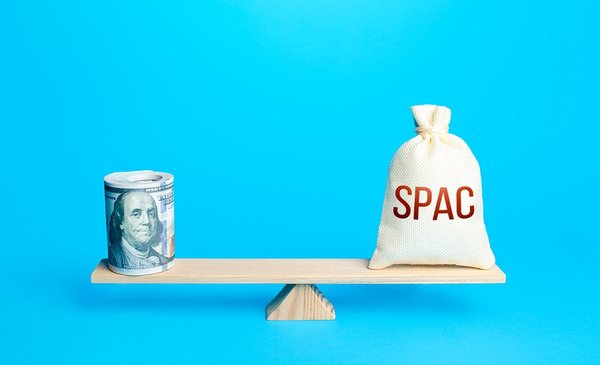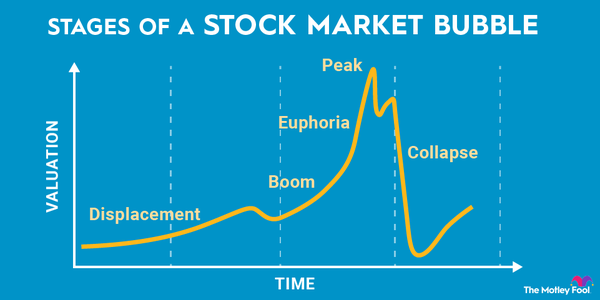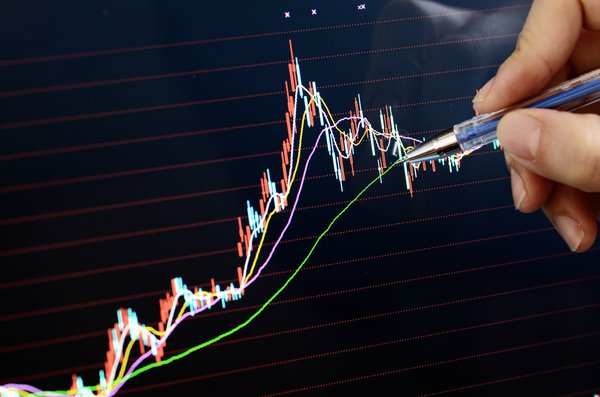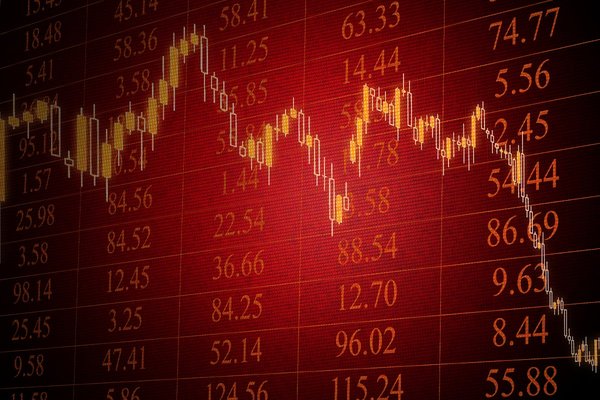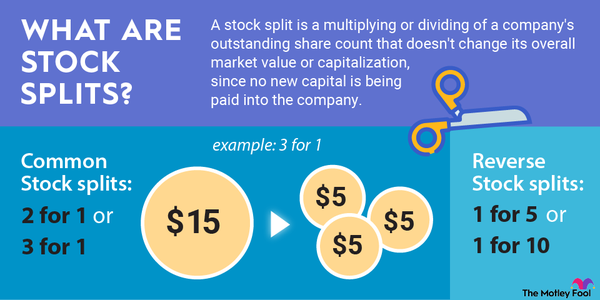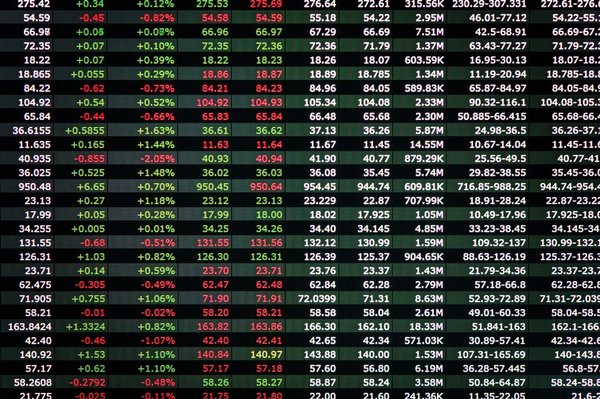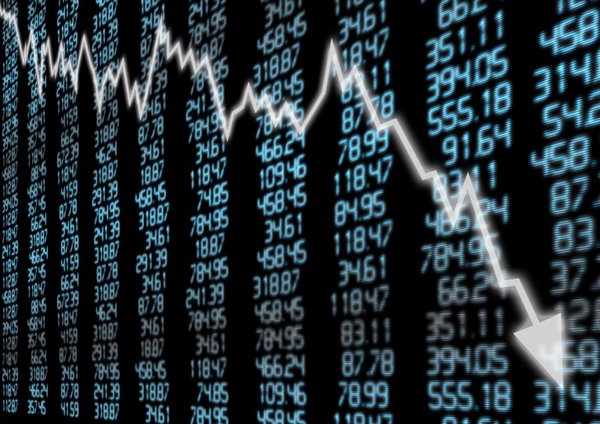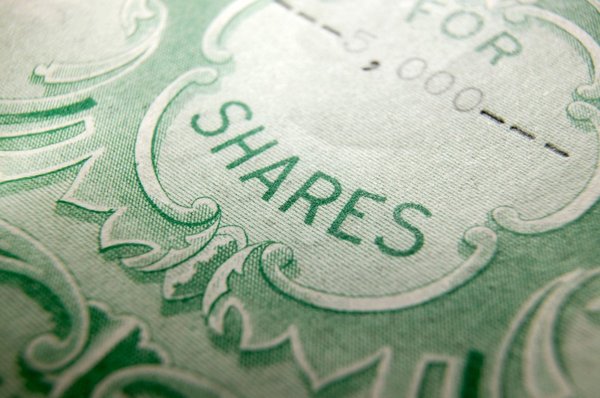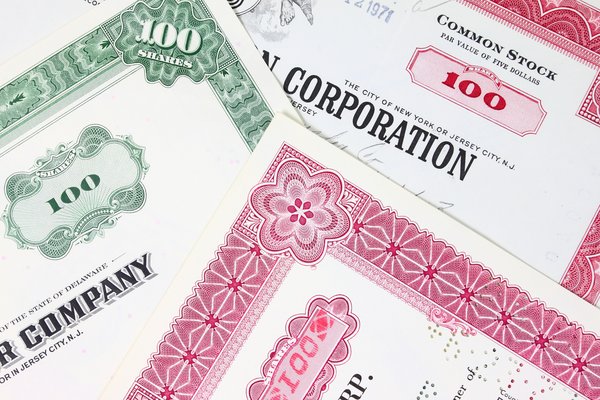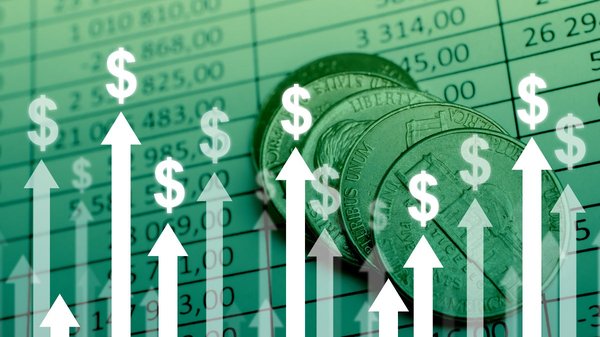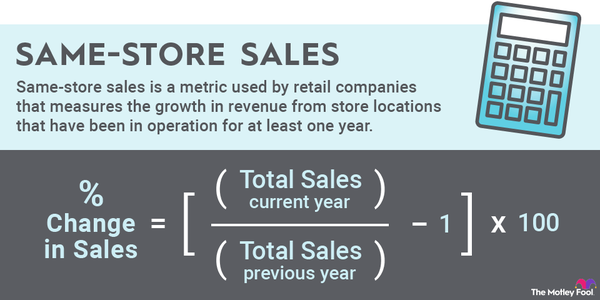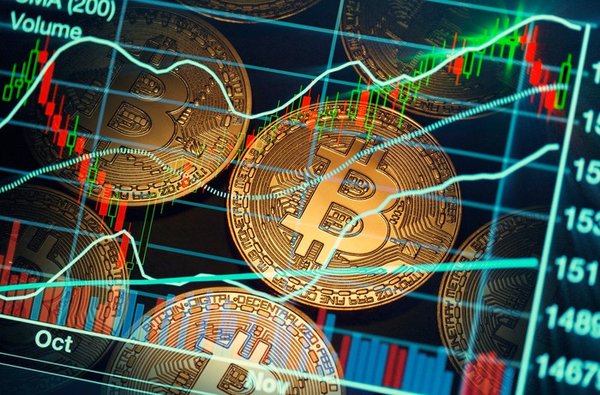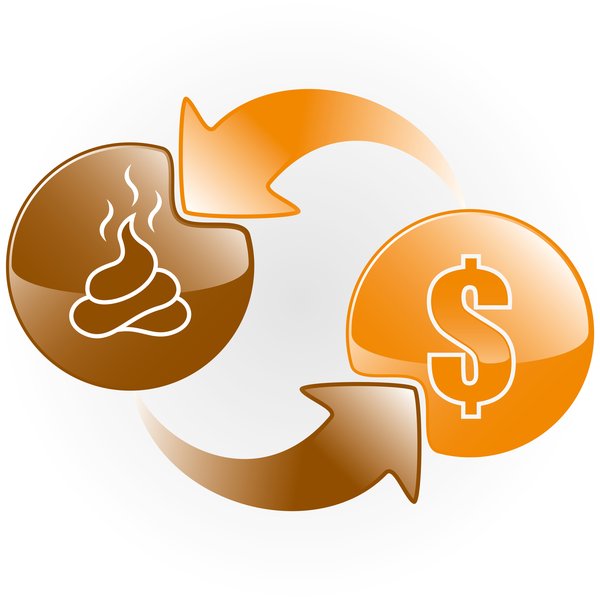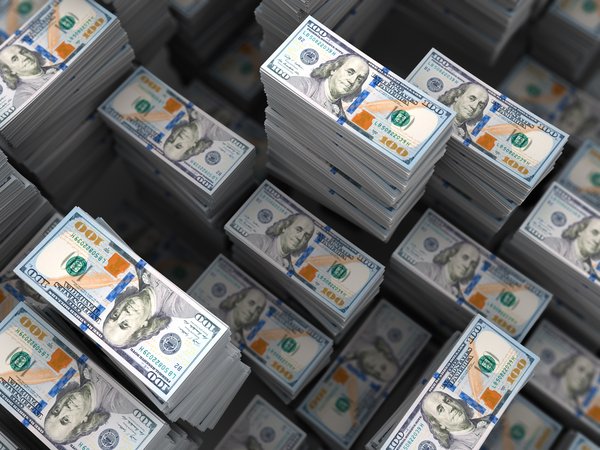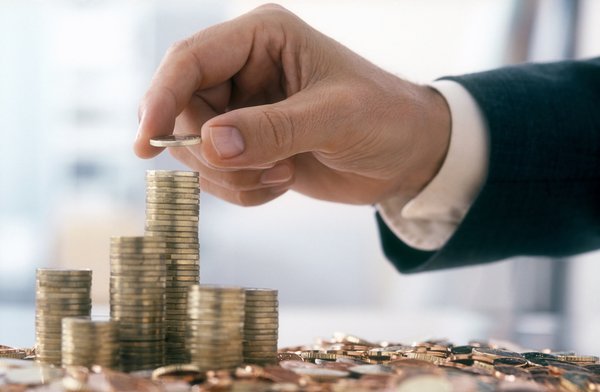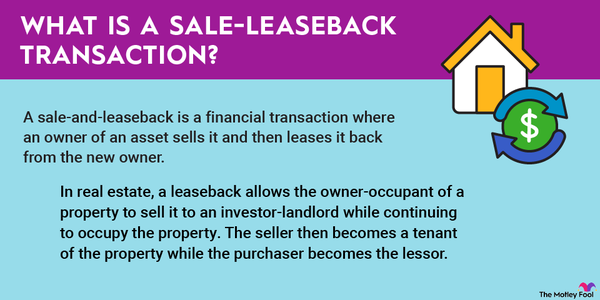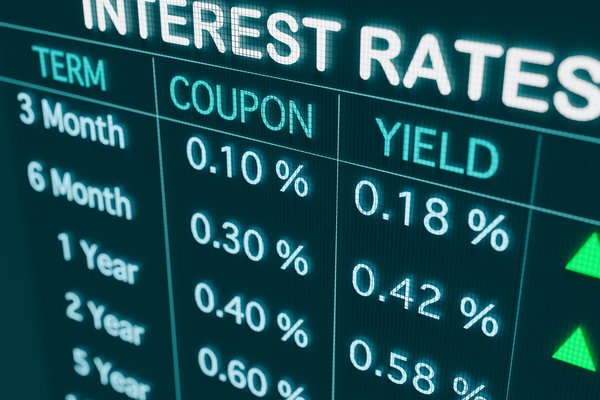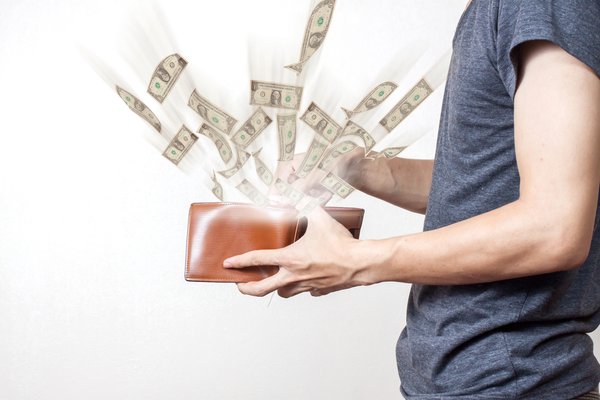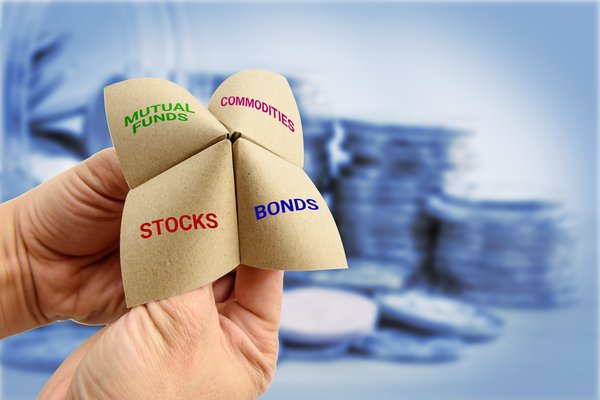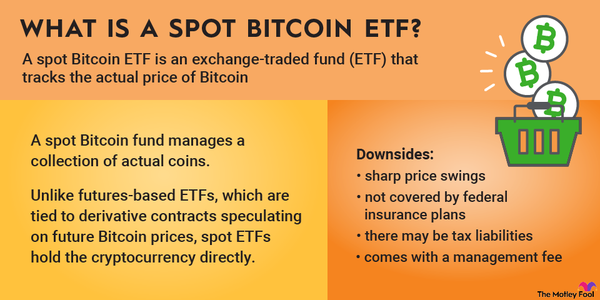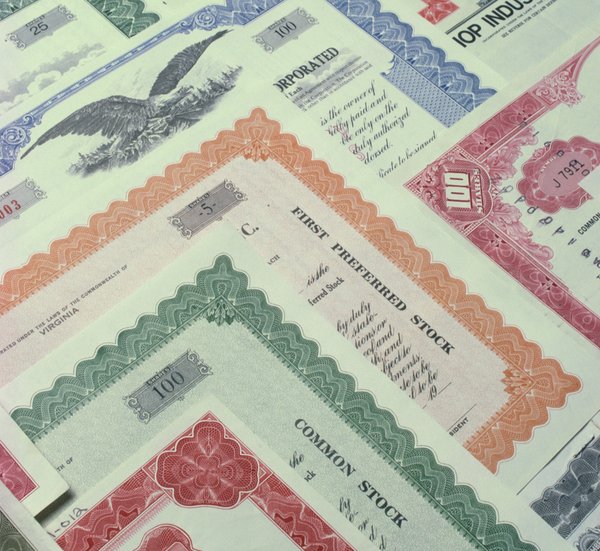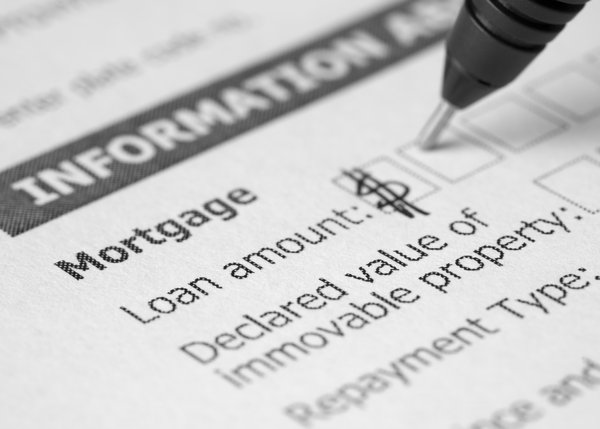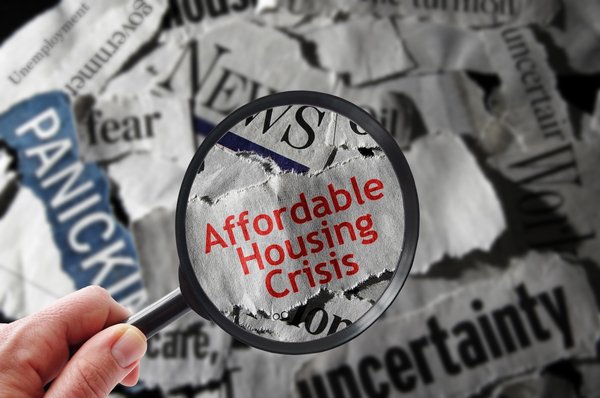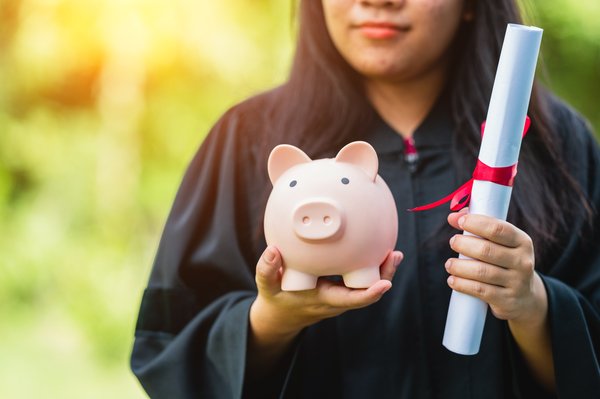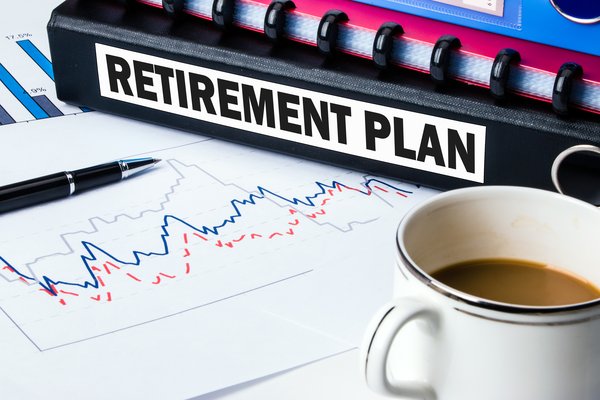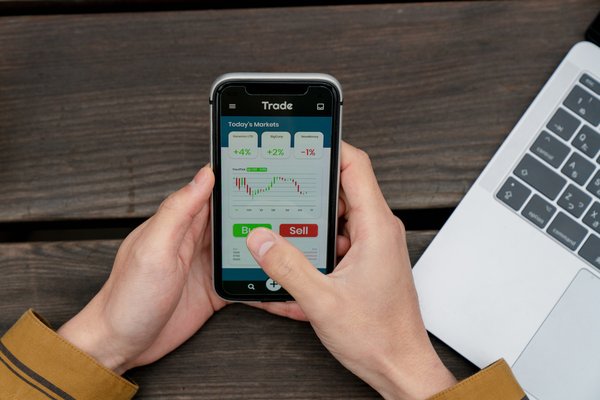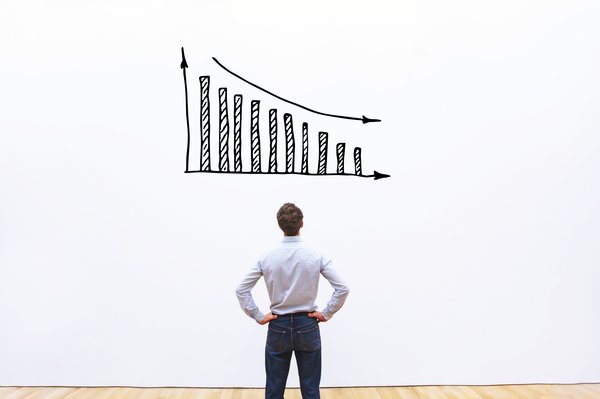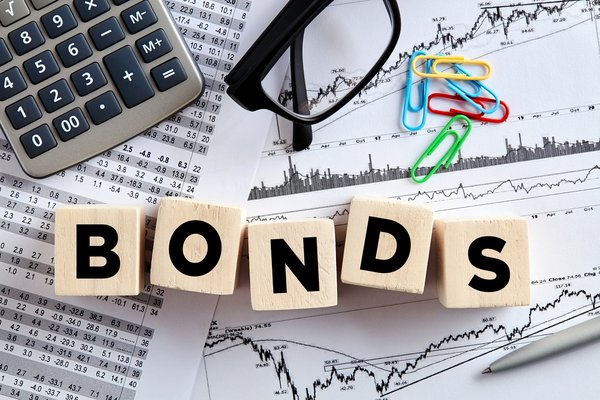Surplus is a synonym for oversupply -- the word refers to an excess of something, such as money or product. In the context of economics, however, surplus has a more specific definition and significance. Let's explore the surplus concept generally, how it applies in the economy, and the effects that economic surpluses can have on your daily life.
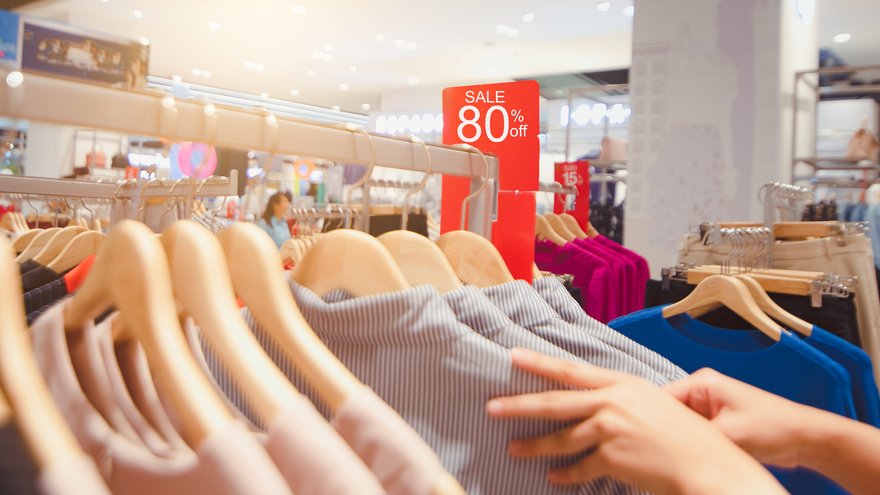
Understanding surplus
Overview
Surpluses arise when the amount of something available -- that is, the supply -- is greater than the amount needed or used -- the demand. If you make three dozen hot dogs for a barbecue and your guests only consume two dozen, there is a surplus of one dozen.
There are several types of surpluses, including:
- Budget surplus: When a household, government, or business budget reveals more income than expenses, a budget surplus results.
- Product surplus: When a manufacturer makes more product than its customers will buy, there is a product surplus.
- Consumer surplus: When consumers buy products for less than they're willing to pay, the difference is a consumer surplus. If you purchase a pair of shoes for $100 when you had budgeted $175, your consumer surplus is $75.
- Producer surplus: A producer surplus results when producers sell product for more than the minimum they will accept. Often, the minimum is the producer's cost to make that product. When that is true, the surplus is also the profit.
- Economic surplus: Economic surplus is the total benefit provided from an economic transaction, calculated as the sum of consumer surplus and producer surplus.
Economic surplus and pricing
Economic surplus and pricing
A mismatch between supply and demand can create a product surplus, which in turn can lead to an economic surplus. This happens because there are always more people willing to buy something for a lower price than those willing to pay more. So, when a product surplus arises, sellers often address it by lowering the price to attract more potential buyers.
You have probably experienced this as a consumer and investor. Consider the items on the clearance rack at the department store. These represent supply in excess of demand. The prices are discounted, which creates a consumer surplus and increases demand. In a similar vein, downtrodden stocks will lose value until the price is low enough to interest more investors.
Theoretically, pricing stabilizes when the producer surplus and the consumer surplus are equal. At this stabilization point, known as the market equilibrium price, both producer and consumer are receiving the maximum surplus. A transaction at the equilibrium price is efficient, because producers generate reasonable profits and consumers feel they have received a good value for their purchase.
Factors affecting economic surplus
Factors affecting economic surplus
Equilibrium prices are not static. They can evolve as pricing expectations on either side of the transaction change. Several factors, for example, can reduce a producer's minimum selling price threshold, including:
- Technology advancements that make producers more efficient.
- Government subsidies that lower costs.
- Cost efficiencies that become available as a company scales.
- Sudden increases in consumer demand that can support a lower unit production cost.
- Lessening of trade regulations that ease access to new markets and increase opportunities to create efficiencies of scale.
Lower manufacturing costs increase the available producer surplus. Competition, however, should encourage the producer to lower prices and share the surplus gain with consumers. This is one reason why antitrust laws exist in the U.S. -- to protect the economic benefits of healthy business competition. Ideally, efficiency gains introduce new, lower equilibrium prices rather than higher profits for one producer.
The opposite can happen as well. Producers can experience rising costs, prompting higher sales prices to protect their surplus. Factors can include:
- Rising commodity and material costs.
- Rising labor costs.
- New government regulations or taxes.
- Tightening of trade regulations that limit access to large markets.
Related investing topics
Economic surplus and volume
Economic surplus and volume
Economic surplus is affected by volume on both sides of the transaction. On the consumer side, there will always be more buyers with lower price tolerance than higher price tolerance, and a lower price tolerance creates a lower consumer surplus.
On the producer side, there are opposing forces. Producers may be willing to sell new products at lower prices to promote adoption. As volume rises, they'll likely demand higher prices. However, higher volumes are often cheaper to produce on a per-unit basis. One reason is that fixed costs can be spread across a wider base. Higher volumes can also support investments that create new, per-unit efficiencies.
In a perfect market, producers structure their manufacturing to support a product and pricing structure that resonates with a specific group of customers. A balanced economic surplus can result when the product features, branding, and pricing align with the targeted customer's expectations.


